
In issue 160 of How It Works magazine, discover how human activity led to some of the world's world disasters. Human ingenuity has taken us from our hunter-gatherer origins, merely surviving alongside other species, to sending astronauts up to an orbiting space station while millions of us watch a live rocket launch from thousands of miles away. We have become masters of our own destiny on Earth, yet it’s been proven time and time again that we’re more than capable of ruining our planet for ourselves and for other living things. In this issue, we look at how we caused some of the worst disasters in recent history and how we went about the mammoth task of cleaning up the terrible messes that we made.
Related: Read a free issue of How It Works here
Also this issue, discover how radar can detect distant object far beyond our human senses. Learn about stalactites and stalagmites, and the slow but complex chemistry that leads to fantastic natural underground pillars forming over tens of thousands of years. We reveal the brain chemistry behind addiction and the social/environmental factors that lead to us becoming addicted, learn about the history of aviation and how humans learned to fly, the incredible new exoplanets that have been discovered in recent years, and - can we control the weather?
Read on to find out more about issue 160's biggest features.
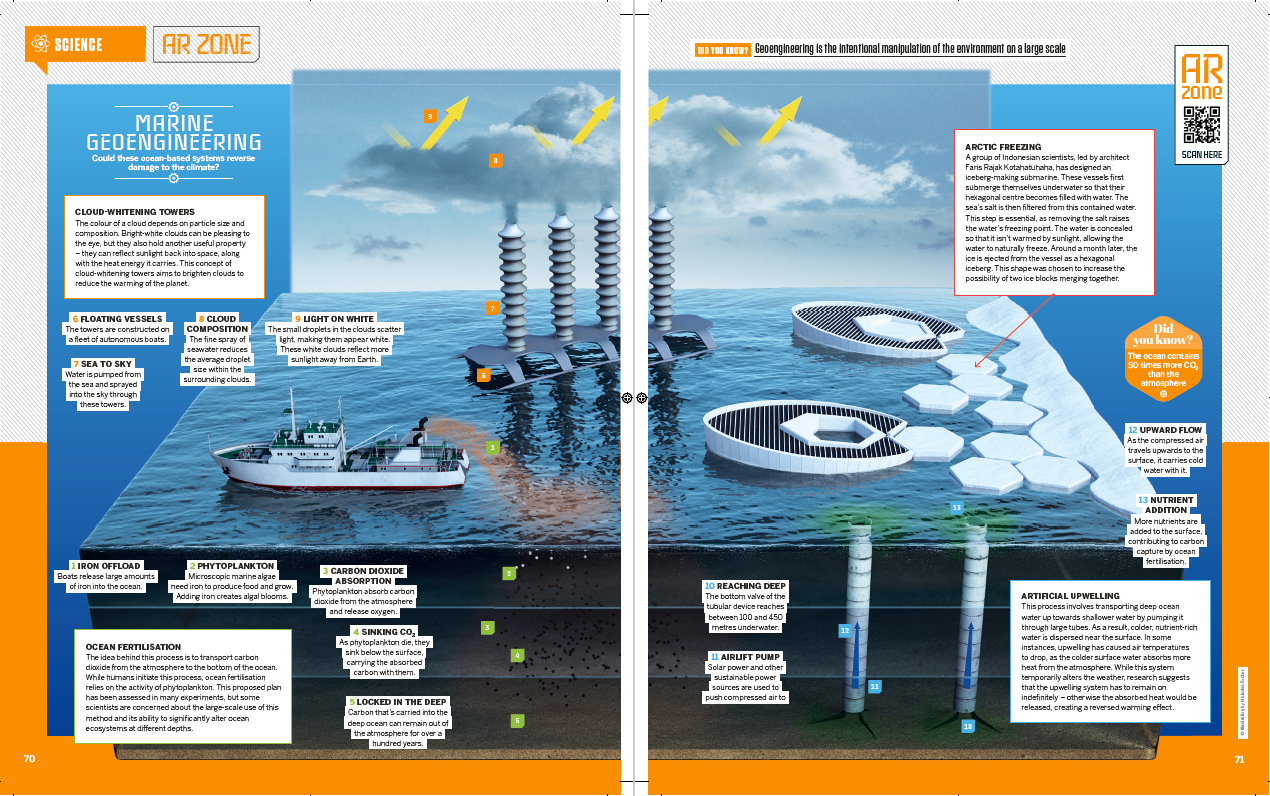
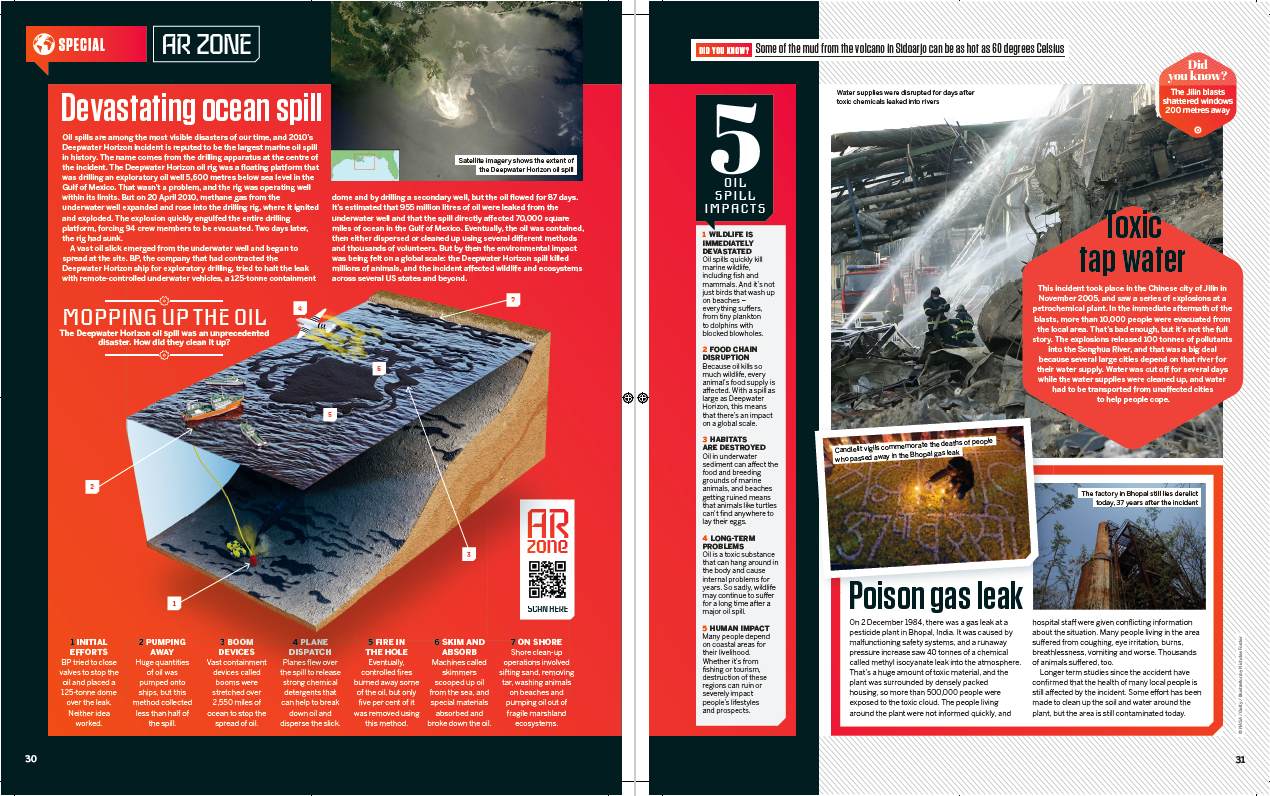
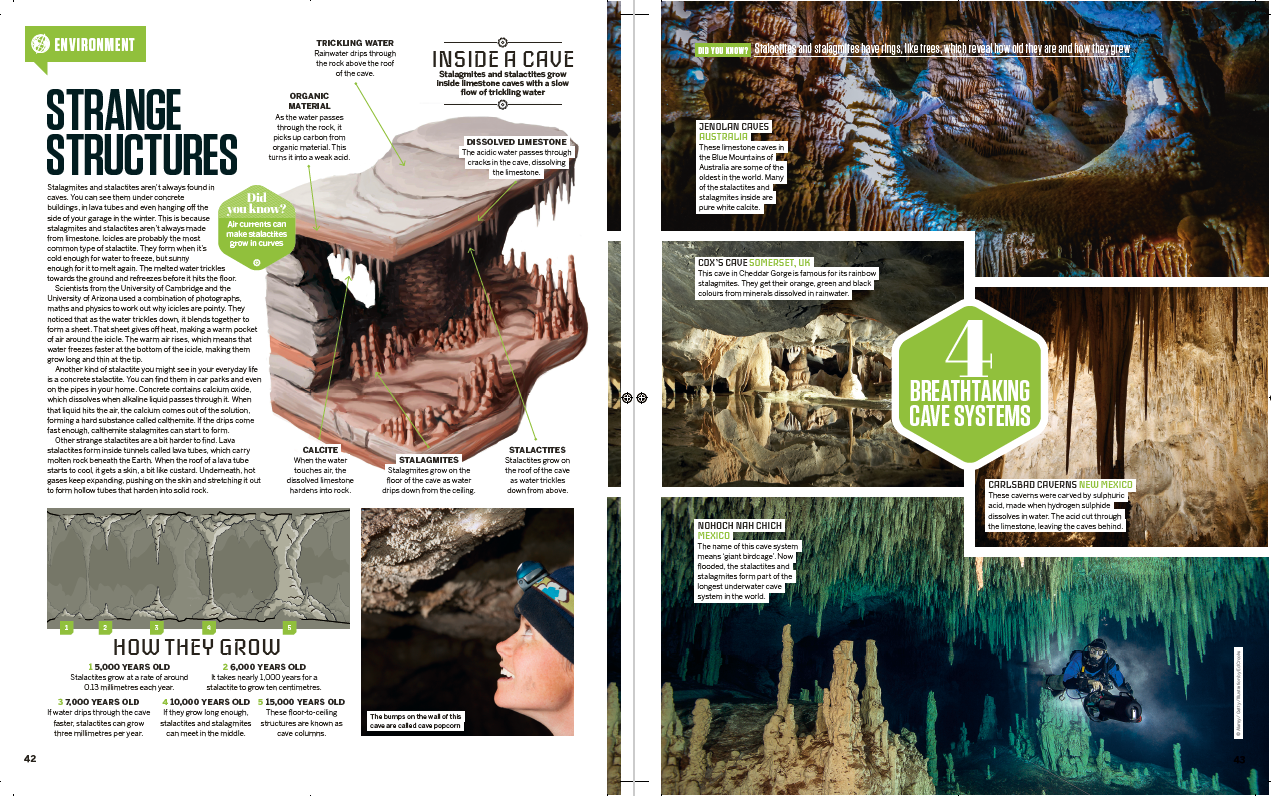
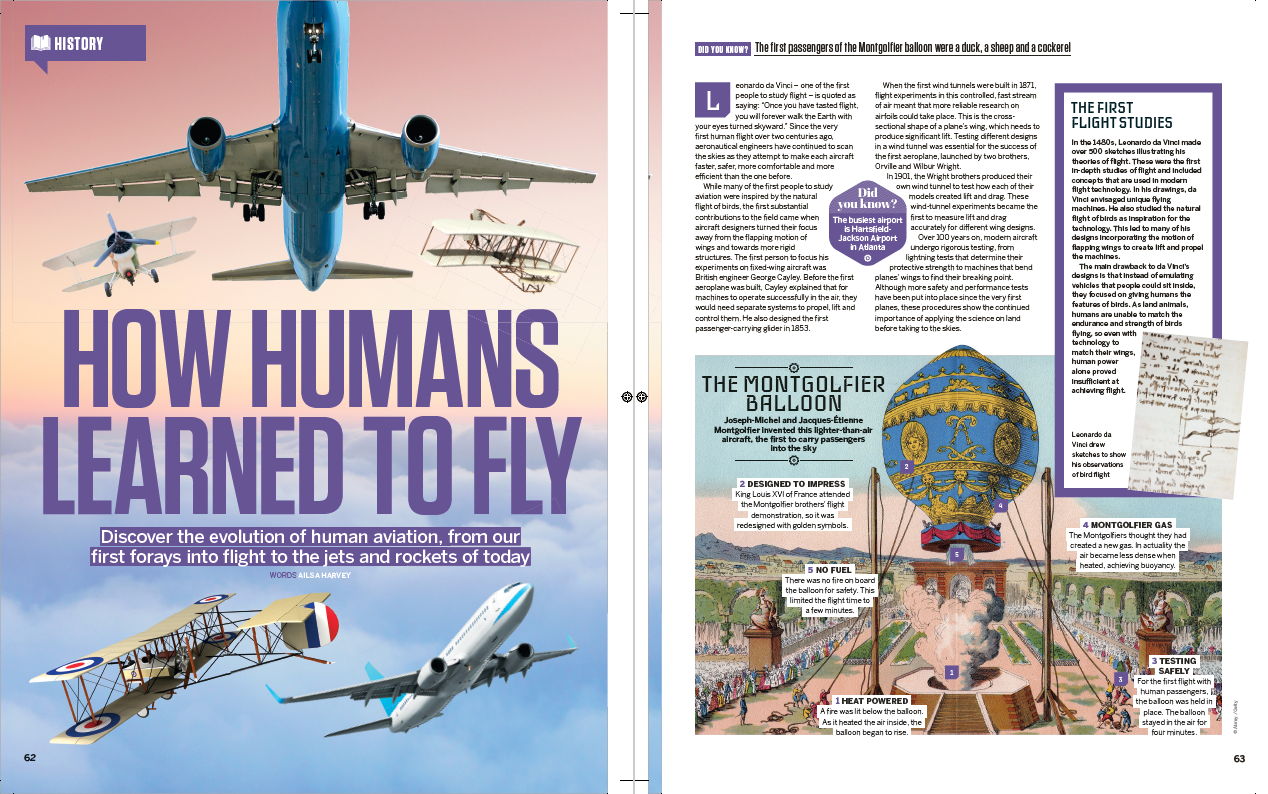
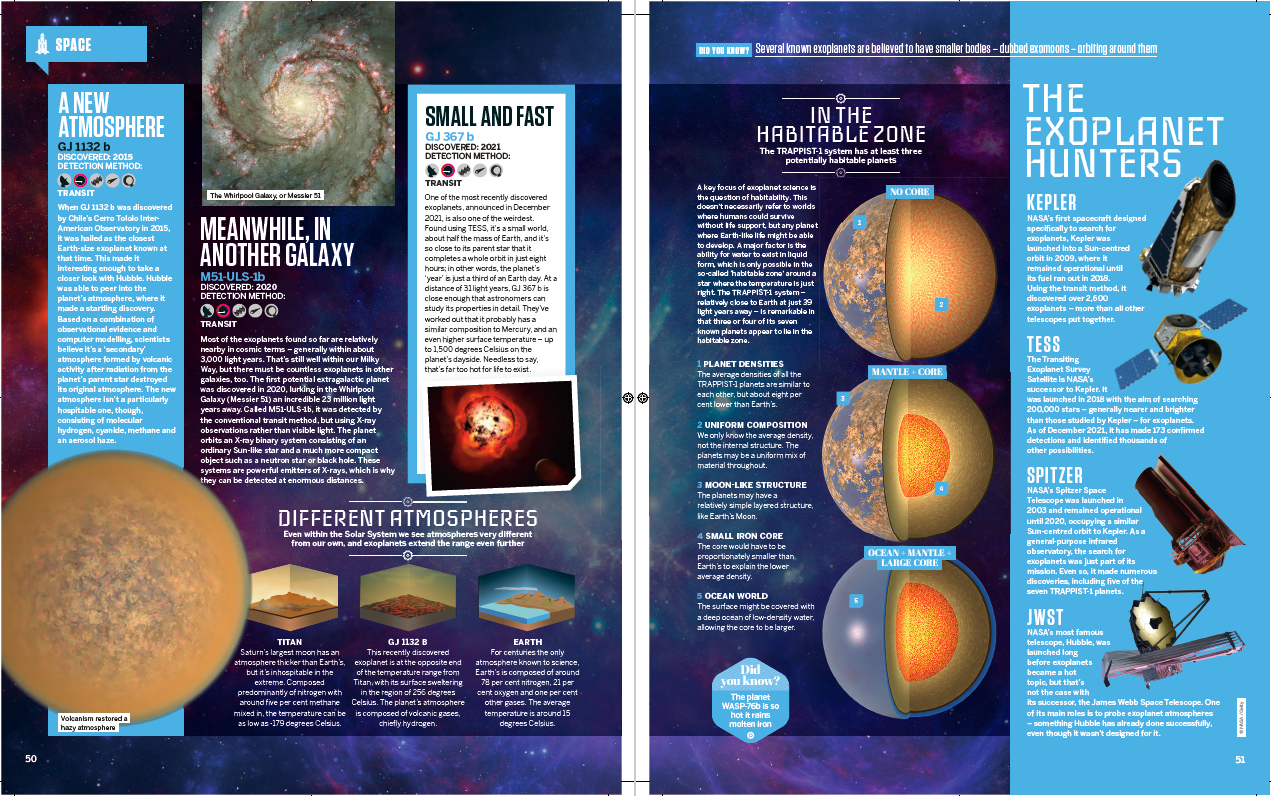
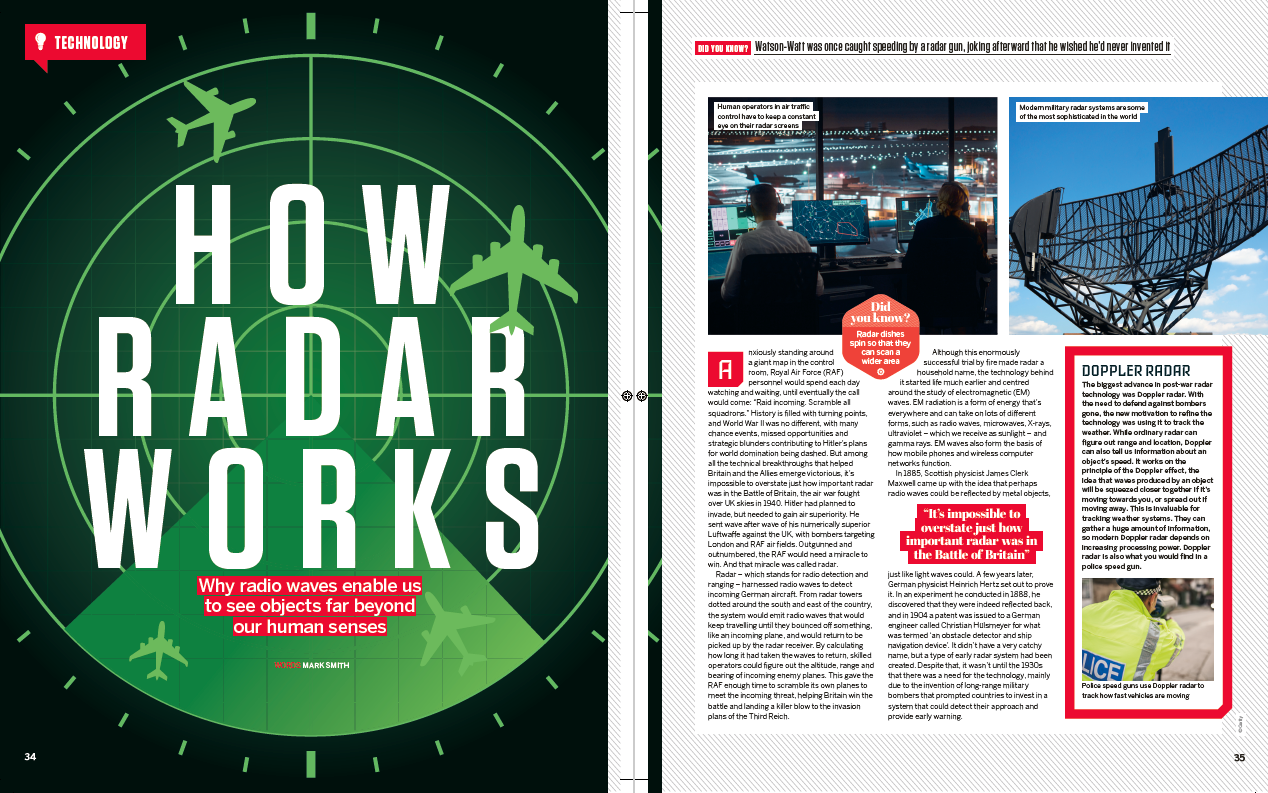
Disaster Cleanup
From nuclear explosions to oil spills, we explain how some of the most harmful human-made catastrophes in history happened, in Disaster Cleanup. Including the devastating Deepwater Horizon oil spill: Oil spills are among the most visible disasters of our time, and 2010’s Deepwater Horizon incident is reputed to be the largest marine oil spill in history. The name comes from the drilling apparatus at the centre of the incident. The Deepwater Horizon oil rig was a floating platform that was drilling an exploratory oil well 5,600 metres below sea level in the Gulf of Mexico. That wasn’t a problem, and the rig was operating well within its limits. But on 20 April 2010, methane gas from the underwater well expanded and rose into the drilling rig, where it ignited and exploded.
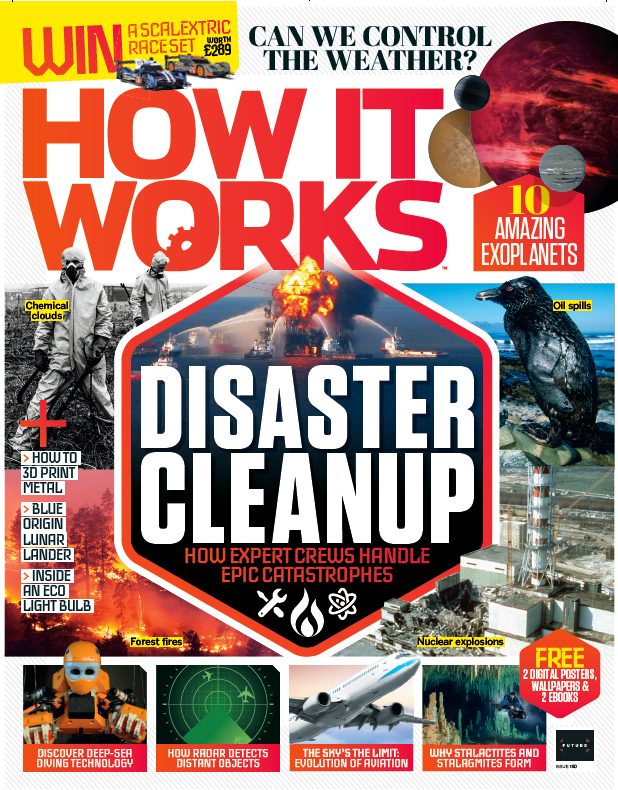
Exclusive offer for readers in North America: Grab yourself 4 free issues when you subscribe to How It Works, the action-packed science and technology magazine that feeds minds
We also delve into the tragic history of Libby, Montana. At first a typically American Frontier settlement story, settlers arrived in the 1800s and the town expanded thanks to mine and railroad construction. In 1919, the discovery of a mineral called vermiculite changed Libby’s fate. Vermiculite has many uses, from gardening to car parts, and the mine in Libby was producing 80 per cent of the world’s supply by 1963. But some vermiculite contains asbestos, a dangerous substance that can cause a huge range of lung issues. The vermiculite in Libby did. The mining company knew about its dangerous side effects, but they didn’t tell anyone, and people in Libby used the mine’s waste products for building and landscaping, including in school projects and ice rinks. As a result, nearly ten per cent of the town’s population suffered from asbestos-related illnesses - and these people weren’t always miners.
Discover how we cleaned these disasters up issue 160 of How It Works magazine.
Sign up for the Live Science daily newsletter now
Get the world’s most fascinating discoveries delivered straight to your inbox.
How radar works
Among all the technical breakthroughs that helped Britain and the Allies emerge victorious in World War II, it’s impossible to overstate just how important radar was in the Battle of Britain, the air war fought over UK skies in 1940. Hitler had planned to invade, but needed to gain air superiority. He sent wave after wave of his numerically superior Luftwaffe against the UK, with bombers targeting London and RAF air fields. Outgunned and outnumbered, the RAF would need a miracle to win. And that miracle was called radar.
Radar – which stands for radio detection and ranging – harnessed radio waves to detect incoming German aircraft. From radar towers dotted around the south and east of the country, the system would emit radio waves that would keep travelling until they bounced off something, like an incoming plane, and would return to be picked up by the radar receiver. By calculating how long it had taken the waves to return, skilled operators could figure out the altitude, range and bearing of incoming enemy planes. This gave the RAF enough time to scramble its own planes to meet the incoming threat, helping Britain win the battle and landing a killer blow to the invasion plans of the Third Reich.
In How Radar Works, Henry White, sensing technologist at BAE Systems, talks to How It Works about how quantum radar takes detection to a whole new level, "Every radar uses a clock to measure how long waves take to bounce off an object and come back to the antenna. The time delay tells you how far away an object is, so you can also tell how quickly it’s moving while you track it. If you can make the clock more accurate, then you can begin to actually detect the shape of an object and work out exactly what it is. We’re currently researching how to insert a quantum clock into radar, which is about a thousand times more accurate than the clocks we use now."
See how radar and quantum radar works in the latest issue of How It Works magazine.
Can we control the weather?
It may be the topic of daily small talk, but the weather and its shifting states has a big impact on the planet as a whole. In some countries, a prolonged lack of rain creates harsh, dry conditions, while others are constantly threatened by surges of floodwater. Severe weather varies drastically from country to country, but on the whole, global average temperatures are steadily increasing.
In Can we control the weather?, we explore the advances in modern technology and our understanding of meteorological processes, and how scientists are discovering new ways to manipulate the weather. Instead of succumbing to nature’s schedule, projects are in place to make the skies rain, remove carbon dioxide (CO2) from the atmosphere and prevent extreme weather events such as hurricanes and flooding.
Geoengineering is the term used to describe the manipulation of weather to combat the effects of global warming. These methods are generally split into two categories: carbon dioxide removal and solar geoengineering. The intention of geoengineering is to protect the planet. However, some scientists believe we shouldn’t play with nature. The outcome may appear positive when analysed in theory, but what about any consequences that we’re unaware of?
Not all weather-controlling technology is developed for the good of the planet – sometimes it’s to tackle issues on a smaller scale. For example, China has been known to use its weather-modification program to control weather forecasts for events such as the Olympics. Before the Beijing Olympics in 2008, the country carried out cloud seeding to create rain in the clouds above the capital, ensuring that the rain fell before events like the opening ceremony, rather than during them.
Discover the latest weather control technology in How It Works magazine.
Ben Biggs is a keen and experienced science and technology writer, published book author, and editor of the award-winning magazine, How It Works. He has also spent many years writing and editing for technology and video games outlets, later becoming the editor of All About Space and then, Real Crime magazine.











